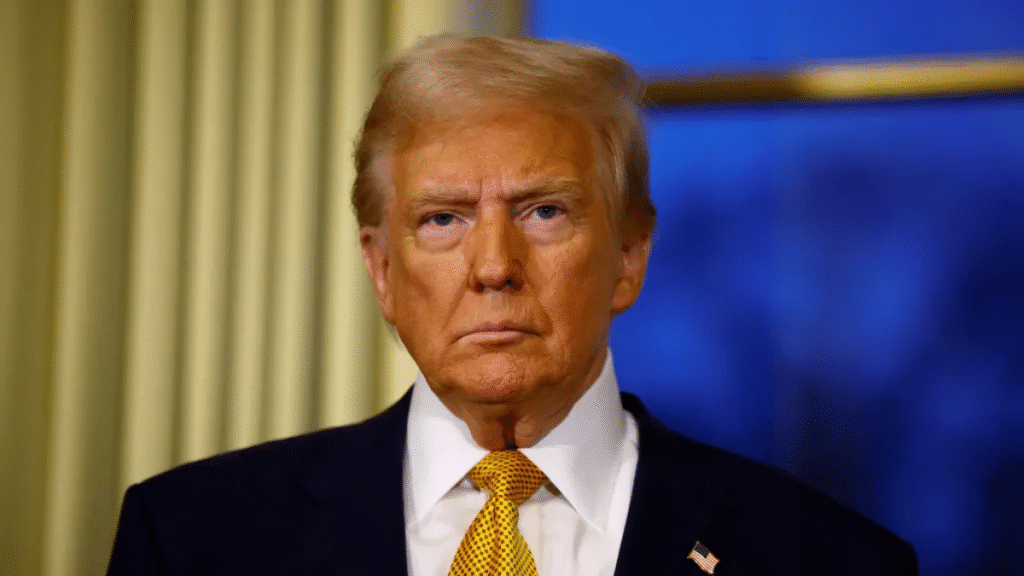
The recent imposition of US tariffs has caused significant disturbances across several Asian economies. These tariffs, aimed at various key exports, have not only altered trade flows but also initiated a series of economic and diplomatic reactions worldwide.
Impact on Asian Economies
Asian countries, many of which are major exporters, have faced challenges including decreased demand, disrupted supply chains, and heightened market uncertainty. Industries such as electronics, textiles, and automobiles have been particularly affected, leading to shifts in production and trade strategies across the region.
Global Economic Consequences
The tariffs have contributed to volatility in global markets, impacting investor confidence and commodity prices. Some key consequences include:
- Shift in trade alliances: Countries are exploring new partnerships and trade agreements to mitigate tariff impacts.
- Disrupted supply chains: Companies are reassessing logistics to reduce dependency on affected regions.
- Currency fluctuations: Exchange rates have fluctuated as markets react to altered trade dynamics.
Diplomatic Responses
Diplomatically, the tariffs have led to intensified negotiations and calls for multilateral dialogue. Affected nations have sought to resolve disputes through:
- Engaging in bilateral talks with the US to seek tariff relief.
- Appealing to international bodies such as the World Trade Organization for dispute resolution.
- Forming regional coalitions to present a united front on trade policies.
Overall, these developments underscore the complexity of global trade and the need for careful diplomatic engagement to sustain economic stability and cooperation.

